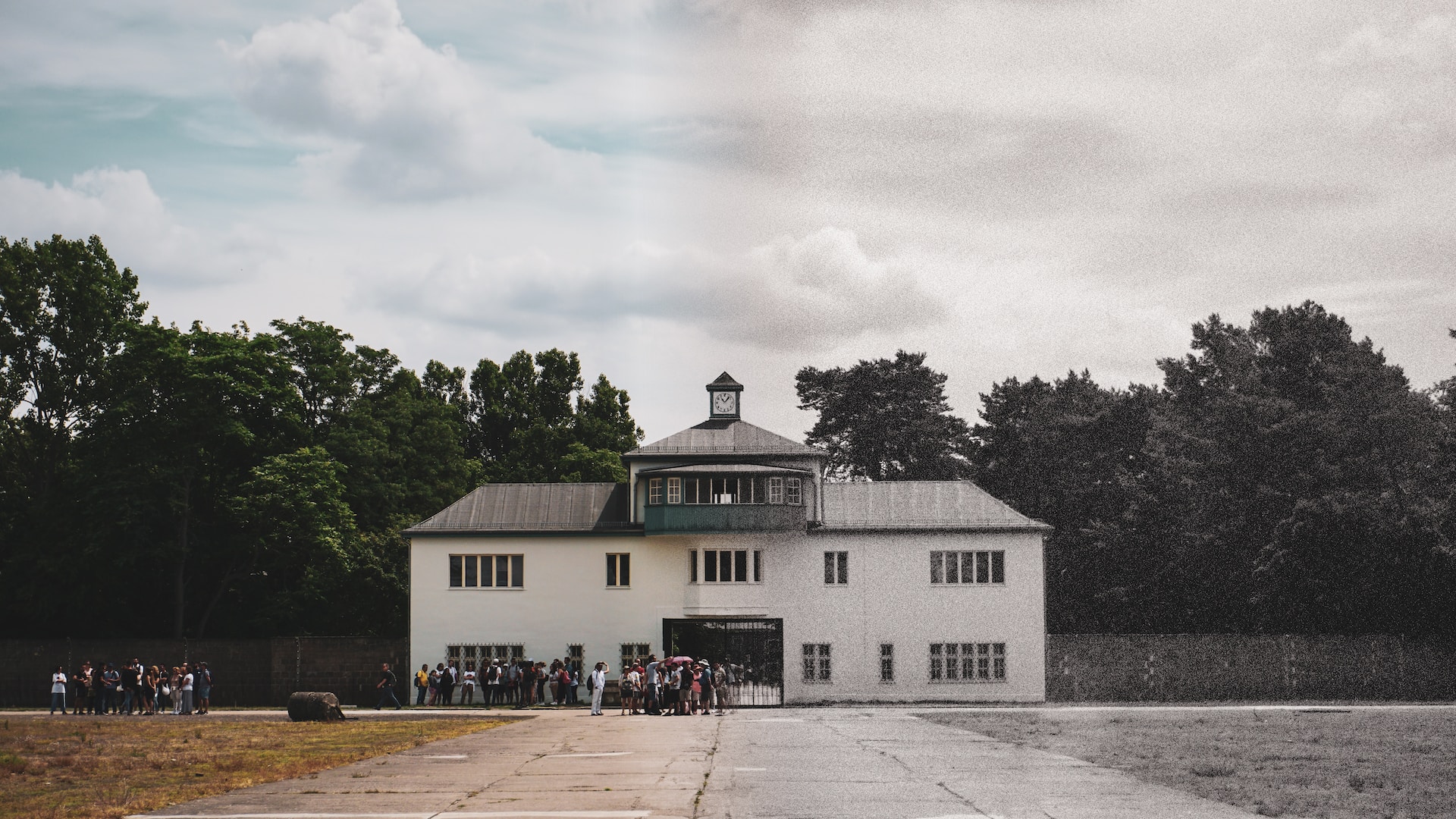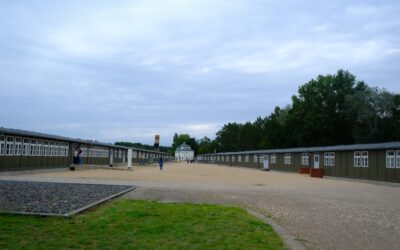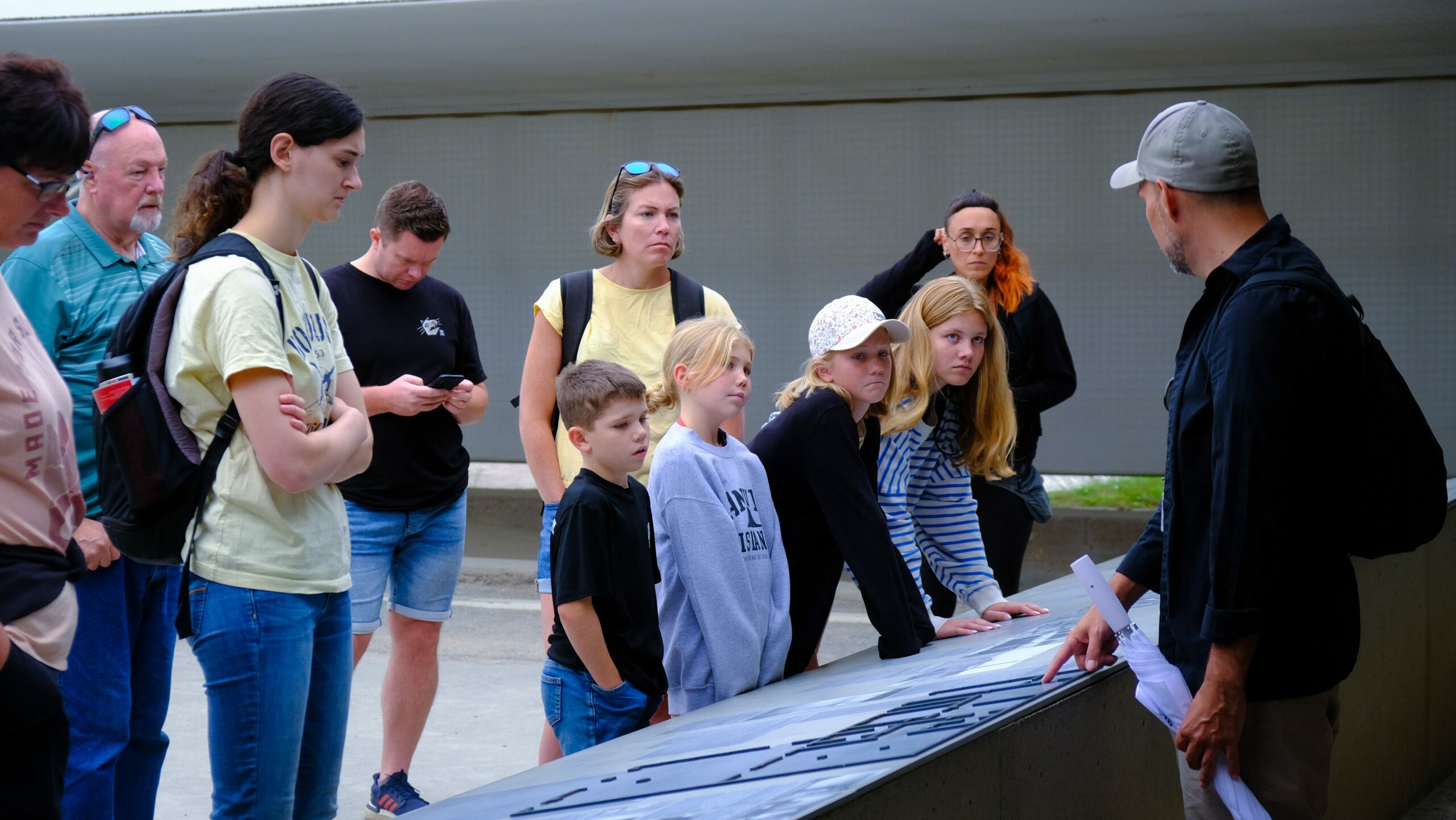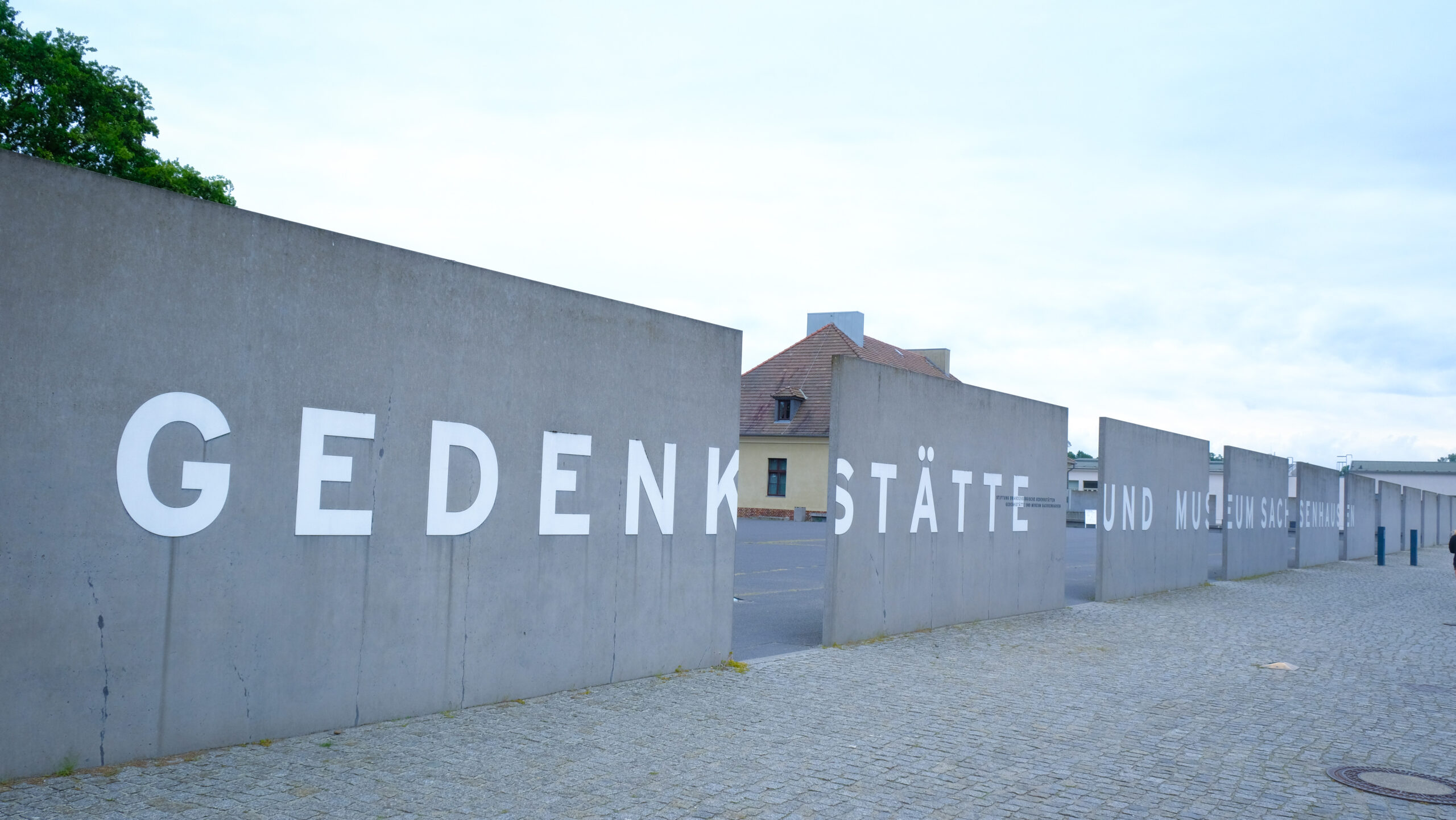During World War II, the Nazis established various concentration camps near Berlin as part of their genocidal plan. These camps were used to imprison and persecute individuals based on their race, religion, political beliefs, or other factors deemed undesirable by the Nazi regime.
The Concentration Camp System
During its rule, the Nazi government establish a network of detention centers in and outside Germany in areas that the regime had invaded or in countries it had incorporated. These camps had different roles including working, imprisonment, and genocide.
Some of the worst concentration camps around Berlin were those at Sachsenhausen, Ravensbruch and Auschwitz although the latter was never strictly a Berlin camp being situated in occupied Poland.
Sachsenhausen Concentration Camp or formally known as Sachsenhausen UnterKamp.
Sachsenhausen is a concentration camp located just north to Berlin, it was constructed in 1936 as the prototype for other concentration camps. It acted as a functional administrative compound for the complex concentration camp operation and was used to accredit other SS camp personnel.
The camp was established to confine political prisoner but later transformed into a killing center for persecutions of Jew, homosexuals and Jehovah witnesses among others upon the Nazis’ regime enlargement. Most of them starved to death, or succumbed to sickness, or perished due to conditions of confinement that were forced on them.
The Ravensbrück Concentration Camp
Ravensbrück was the largest of the concentration camps for women. It was founded in year 1939 and is situated about 90 kilometers from Berlin, and it was prison mostly for female political inmates.
This camp prisoners were used for slave labor, for use in experiments and for living in terrible conditions. It is a place of suffering and death for many women combined with political activists, resistance fighters, Jews.
Auschwitz-Birkenau
Auschwitz-Birkenau Complex was situated mostly in what is now occupied south of today’s Poland but it was instrumental in the genocide of millions of people many former Berlime residents among them. As one of the most famous killing centers, Auschwitz is painfully representative of the genocide.
The genocide perpetrated at Auschwitz against Jews and others amounted to a million of captured Gypsies, Poles and Soviet POWs and others, gassed to death, or starved to death, or to die of disease and maltreatment.
Remembering the Past
Today these camp sites are commemorated and turned into museums to help people remember the holocaust ordeal. Each of the sites mentioned, every story told by survivors or every piece of information gathered to help understand what happened during this dark period is very important to prevent genocidal acts in the future.
Today throughout Berlin and the surrounding region, many are the monuments and museums that testify to the torture and death of the prisoners and the gassings at the camps. It also protects those who have experienced and lost their loved ones in the heinous events to overcome and stand for history.
Conclusion
The Concentration camps which were near Berlin were established as part of the Nazi regime final solution in the Second World War, where millions of innocent people was annihilated. Recalling these places and integrating the memory of the victims, knowing the details of this terrible period, allows us to fight for people’s prevention of the recurrence of such tragedies.
More details can be gotten from these memorials and museums, attending exhibitions or looking up for online resources that are used in Holocaust and victims memory.




